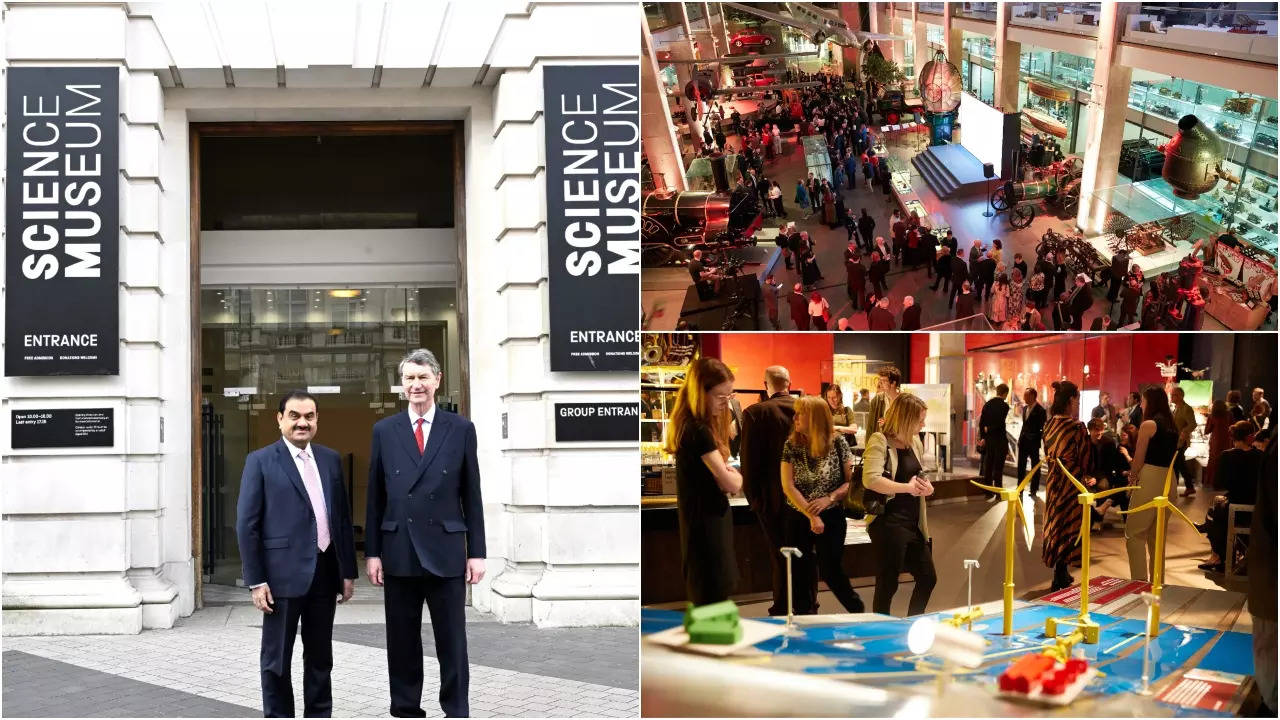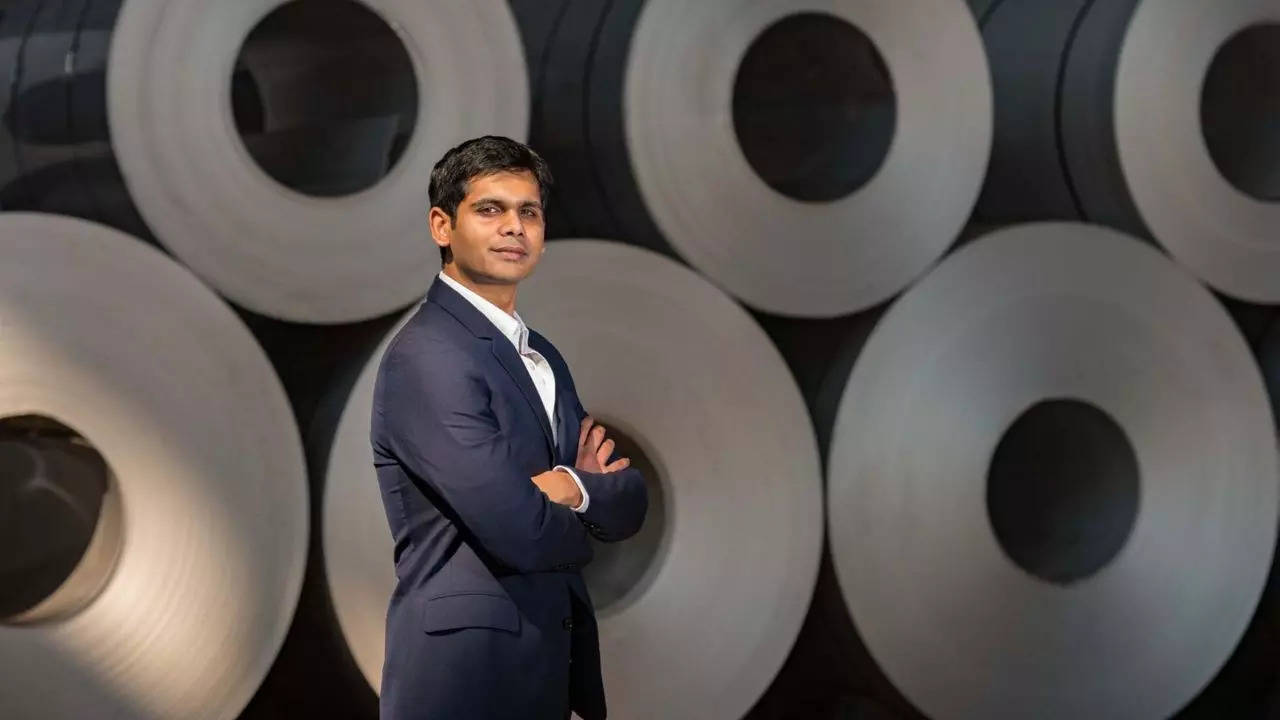

London’s Science Museum Unveils ‘Energy Revolution: Adani Green Energy Gallery’ Exploring How Sustainability Can Combat Climate Change
The Science Museum in London has unveiled its latest addition, the ‘Energy Revolution: The Adani Green Energy Gallery’ aimed at delving into sustainable energy solutions to combat climate change.
The gallery, which is open to the public free of charge, offers a comprehensive exploration of how the world can transition to more sustainable energy sources in a bid to curb the effects of climate change. Through a combination of contemporary and historical artifacts, interactive digital exhibits, and specially commissioned models, the gallery aims to illustrate the role of human innovation and imagination in shaping the past, present, and future of energy consumption.
Divided into three main sections, the gallery takes visitors on a journey through the challenges and possibilities of sustainable energy. “Future Planet” offers insights into the various climate futures that could unfold based on scientific models, while “Future Energy” showcases the technologies and individuals driving the transition towards renewable energy sources. Additionally, “Our Future” invites visitors to explore creative ideas from children about meeting future energy needs, alongside expert responses.
Central to the gallery is the “Only Breath” sculpture, symbolizing nature’s influence on technological advancement. Surrounding the sculpture are displays of key low-carbon renewable energy technologies, including nuclear, hydrogen, solar, wind, and tidal power. Historic innovations, such as the Bersey cab, the first electric taxi hailed in London in 1897, serve as reminders of the possibilities for major change.
Interactive games and models allow visitors to explore challenges related to electrification, energy storage, and supply and demand. The gallery also addresses the decarbonization of transport, buildings, and construction industries, offering insights into climate modeling and measurement instruments.
Designed by award-winning architects Unknown Works, the gallery incorporates sustainable design elements, including the reuse of redundant shelves from the museum’s former object store. Additionally, efforts have been made to monitor the gallery’s carbon footprint, with the use of recyclable aluminum where possible.
The gallery’s Title Funder, Adani Green Energy, India’s largest renewables company, expressed its commitment to promoting clean energy initiatives. Sagar Adani, Executive Director of AGEL, emphasized the importance of education in the fight against climate change, stating that the gallery aims to inspire young minds and innovators to envision a future powered by clean energy.




























